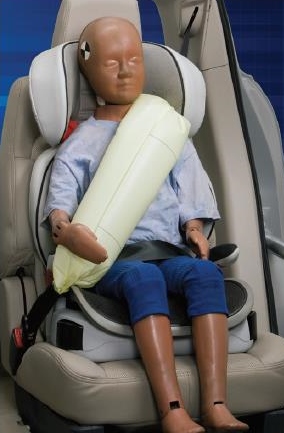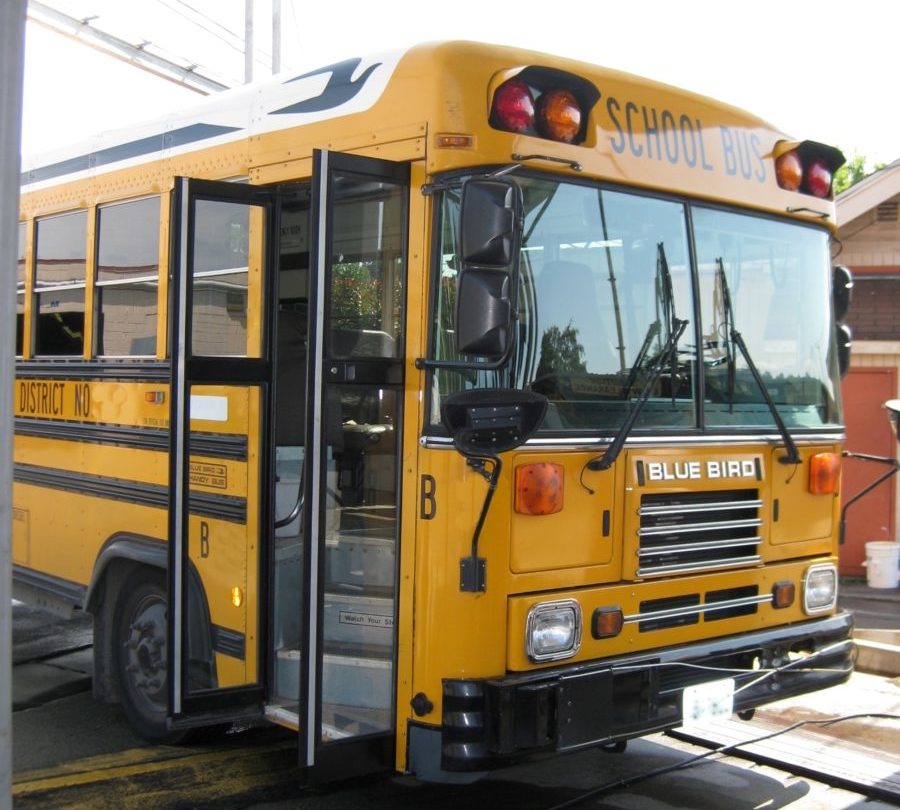(This article, part one of a two-part series, looks at how proper rear-facing angle is assessed, especially for older children, and how to use “level to ground” lines on labels. In the next issue, SRN will explore issues related to rear-facing CRs touching front seatbacks.)
After many years of knowing, from research and Swedish crash experience, that keeping children rear facing as long as possible is best, the CPS community now has strong support for this best practice from the American Academy of Pediatrics’ April policy statement on child passenger safety. Armed with that respected organization’s advice to keep kids rear facing until at least age 2, if possible, or even longer if they still fit, the community is doubly blessed by the accessibility of numerous CR models that will hold children up to these higher weight limits. Such models are even available in today’s marketplace across all price levels.


